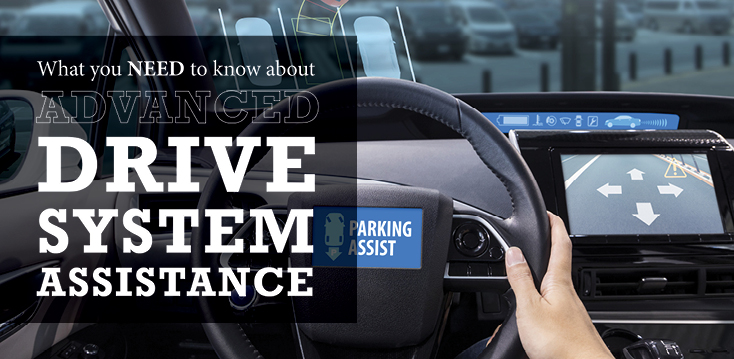
Glass Doctor explains key facts about Advanced Driver Assistance Systems (ADAS).
|
Until recently, roadway safety has been focused on mitigating physical injury and property damage from auto accidents. But things are changing as the automotive industry moves away from a mechanical business and toward one more focused on software.
The next generation of vehicle safety comes in the form of advanced driver assistance systems, or ADAS. The goal is not just to mitigate metal-to-metal mayhem, but to prevent collisions in the first place. If there are no crashes, there are no injuries, fatalities, or property damage it's as simple as that.
What is ADAS?
Some advanced driver assistance systems sound familiar right off the bat. Indeed, technologies such as anti-lock brakes, electronic stability control, and traction control have been around for decades. Even GPS navigation has become the norm in new cars with infotainment systems since they were first introduced in the 90s.
More and more new cars with driver assist technology are introduced every year. If you'll be car shopping soon, keep an eye out for these systems:
- Adaptive cruise control automatically speeds up or slows down your car based on the actions of the vehicle ahead of you.
- Adaptive light control swivels and rotates the headlights to illuminate the roadway better in certain circumstances.
- Collision avoidance systems detect other vehicles, pedestrians, and various obstructions that could cause a collision. It warns the driver, applies tension to the seat belts, and attempts to avoid the collision with automatic braking.
- Surround view camera systems provide a 360-degree view of what's happening around your car, making parallel parking a breeze.
- Park assist helps drivers park safely. Some even perform the entire job automatically.
- Blind spot detection uses sensors and cameras to provide the driver with an image of what's in their blind spot before they change lanes.
- Driver drowsiness detection employs night vision cameras and facial recognition software to measure your head angle, blinking patterns, and other signals that may indicate drowsiness. Some will even pull your car over automatically if they detect you have fallen asleep.
- Hill descent control automatically applies the brakes to keep your vehicle at the cruise control speed. You can override this by pressing on the gas.
- Intelligent speed adaptation monitors vehicle velocity and compares it with the local speed limit to help you maintain a legal speed.
- Lane-keeping assist detects when your car is drifting over the line and adjusts the steering wheel without driver input.
- Night vision uses either active infrared light or passive thermal radiation to help you see people or animals beyond the reach of your headlights.
- Tire pressure monitoring allows you to check the air pressure without breaking out your tire gauge.
- Pedestrian detection and avoidance systems use cameras, radar, and/or lasers to detect pedestrians or cyclists in your path, beeping a warning and braking automatically if necessary.
- Vehicle exit assist alerts you if another car or cyclist is approaching from behind as you open your door.
- Traffic sign recognition software relays information from road signs to your vehicle's instrument panel.
- Turn assist stops your car if you attempt to make a left-hand turn into oncoming traffic.
How ADAS May be Used in the Future
In just a few years, advanced driver assistance systems have gone from minimal availability to being offered in most new cars coming out. Automotive experts believe ADAS will be the next big way for brands to differentiate themselves in such a competitive market. Perhaps ADAS will become so advanced that self-driving cars will one day be commonplace.
To schedule auto glass services that keep your car looking great and operating safely, please contact Glass Doctor® today.
To help meet all of your home service needs, check out Neighborly

